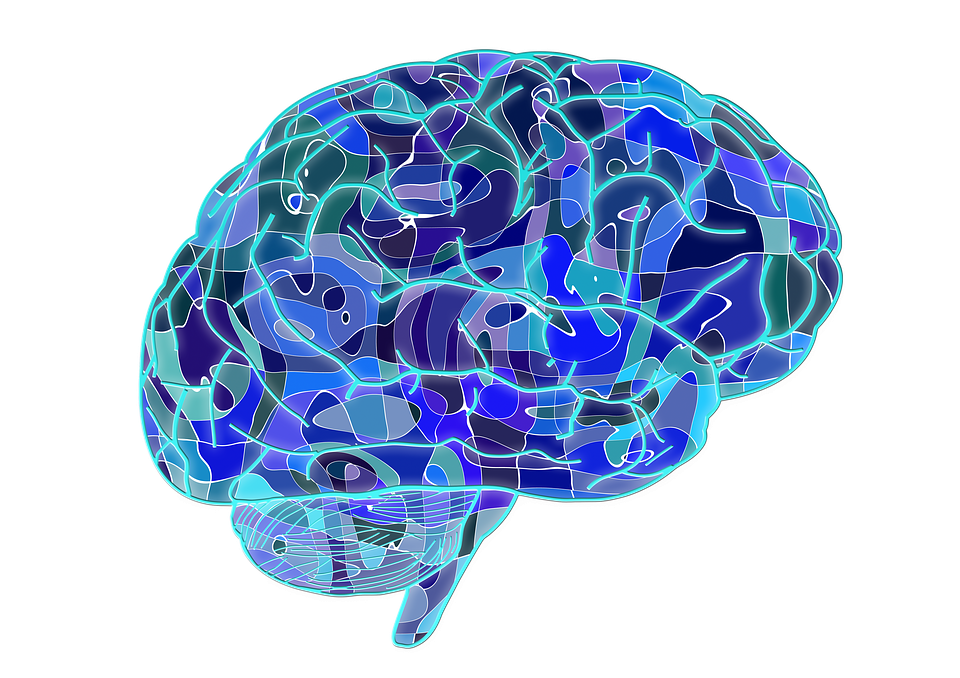
The salvage/recycling pathway for NAD+ biosynthesis from nicotinamide riboside (NR) in manNR, taken in to the body, can be converted to nicotinamide mononucleotide (NMN) by one of two highly conserved NR kinases in the cytoplasm (pathway 1a). NAM (nicotinamide) can also be converted by NMN synthetase to NMN (pathway 1b). NMN is further converted to NAD+ by the action of one of three adenylyltransferases (NMNAT1‐3) that also acts on NaMN (nicotinic acid mononucleotide) to produce NaAD+ (nicotinic acid adenine dinucleotide). The latter is subsequently converted by NAD synthase to NAD+. Nicotinic acid (Na) feeds into the pathway through conversion to NaMN by Na phosphoribosyltransferase (pathway 1c). Tryptophan is the de novo precursor of NAD+ that also feeds into NaMN synthesis via a multistep pathway (2) described in Bogan and Brenner (2008). Robert N Lightowlers, and Zofia MA Chrzanowska‐Lightowlers EMBO Mol Med. 2014;emmm © as stated in the article, figure or figure legend.
Definition of Anti-Aging
Anti-Aging is the practice, procedure, or a dietary regimen by which the natural process of aging is slowed down for an indefinite period of time. This is done by utilizing natural dietary sources or medical procedures. Even though aging occurs to everyone and it is known as an unavoidable law of nature, no one wants to go through it and get white hair or wrinkles. This is the reason why a great deal of exploration both in scientific and medical areas has been directed to understand how aging symptoms can be slowed down. A fruitful formula for anti-aging is based on a naturally occurring organic molecule “Nicotinamide Mononucleotide” which is commonly known as NMN.
How does NMN slow down aging?
Nicotinamide Mononucleotide is actually is a scientific term for a molecule which originates from Vitamin B. It is found in all living things and can be consumed in the form of supplements or pills. This molecule or all the more explicitly, nucleotide, improves and directs a lot of cycles in the body which are crucial to digestion and overall health. For instance, the benefits of glucose tolerance, expanded insulin creation and removing diabetes are some of the main things NMN is assigned for. Furthermore, the assembling of new cells,
re-establishing crucial proteins and avoiding oxidation (which initiates the aging process) is properly done by Nicotinamide Mononucleotide. This is the reason why it is hailed as the major organic molecule which protects the body against aging and aging symptoms. Direct use of the nucleotide or taking it in the form of drug both are accessible. Following are the best anti-aging supplementation in the market.
1- Infinite Age NMN, NAD Precursor Supplement
These powder capsules are ideal for turning on the genes which
prolong the life expectancy. In addition, it levels up the production of
energy, blood flow and heart and brain health, immune system, endurance and
metabolism. By fixing DNA and decreasing anxiety, you will naturally feel younger
and healthier. This medication offers the availability of NMN molecules in
99.5% purity. Both life span and well-being is improved in light of the fact
that the Infinite Age supplement increases the percentage of NAD+ in the blood
flow. Muscle strength and brain
health are the main objectives of the medicine as these aspects are
influenced the most by aging. The anti-aging gene called Sirtuins is boosted in order to increase the lifespan.
2- GeneX Formulas NMN capsules
This brand GeneX is famous in the production of NMN aging Supplements. Moreover, their medicines are available in both powder and capsules. The formulas of this brand make the veins grow stronger which results in a smooth blood flow. These vegetarian pills are available in the 125 mg dosage. They improve the endurance and vitality levels. The muscle development is initiated as well which improves health. The weight that is gained through old age is decreased and additionally, insulin sensitivity is enhanced.



 Freud first used the term in 1893 to describe associations and impulses that are not accessible to consciousness, while Jung argued that—because there is a limit to what is held in conscious focal awareness—there must be an alternative storehouse of one’s knowledge and experience.
Freud first used the term in 1893 to describe associations and impulses that are not accessible to consciousness, while Jung argued that—because there is a limit to what is held in conscious focal awareness—there must be an alternative storehouse of one’s knowledge and experience.

